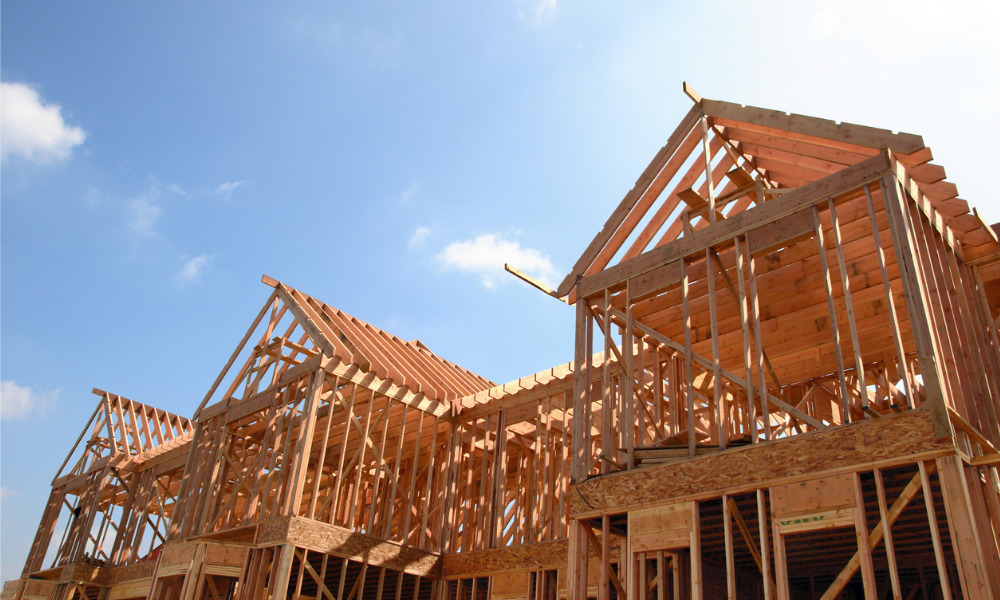In the longer term, immigrants also tend to carry more housing debt and other financial burdens, body says

Recent immigrants tend to have a greater need for adequate housing compared to other consumer demographics, according to Statistics Canada.
The agency defined a household in “core housing need” as one that lives in a property that does not have enough space for its needs, a property that requires repairs, or a property with operational costs exceeding 30% of the occupants’ pre-tax income.
“A household in core housing need is one whose dwelling is considered unsuitable, inadequate or unaffordable and whose income levels are such that they could not afford a different dwelling in their community that is adequate in condition and has enough bedrooms to meet their needs,” StatCan said.
Among Canada’s most frequent home buyers, recent immigrants tend to exhibit a higher rate of core housing need (20%) than the total population (9%), StatCan said.
Read more: Can immigration keep the housing market hot?
“This was mainly due to recent immigrant homeowners having a relatively high rate (18%) of core housing need, which may be associated with settling in cities where house prices are higher,” StatCan said. “The effects of the higher housing cost tend to persist over time, as other research shows that established immigrants have larger mortgages than Canadian-born individuals and, as a result, carry more debt. Recent immigrants in rental dwellings had similar levels of core housing need to the total population (19%).”
This trend might only intensify in the coming years, with Canada seeing a record high influx of 45,000 new residents in September alone. Current StatCan projections place the number of new permanent residents at 401,000 in 2021, followed by 411,000 in 2022 and 421,000 in 2023.



